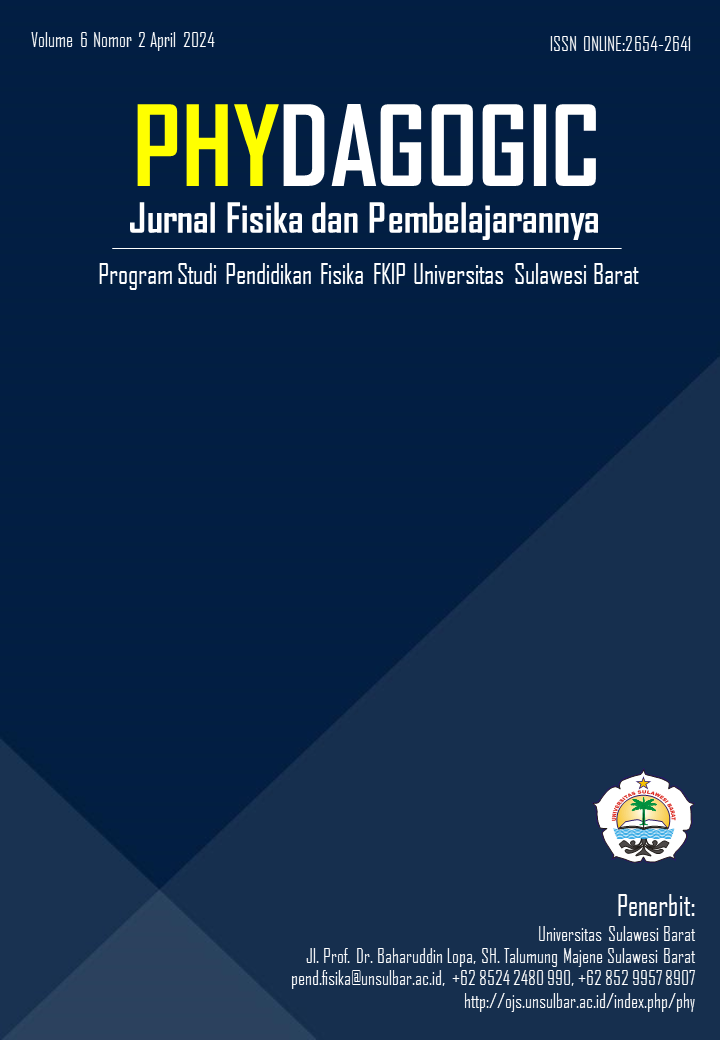Main Article Content
Abstract
In 2020, a research team conducted XRD analysis of the sand from Mandangin Island, Sampang Regency. The results showed that the sand contained a CaCO3 phase of over 90%, while the XRF analysis revealed that 94% of the minerals in the sand were Ca. Two years later, in 2022, the same team conducted a compression test on concrete mixed with CaCO3 sand, and the highest value they obtained was 22.68 MPa. However, they found that further research is needed to optimize the use of CaCO3, rice husks, and cement in concrete production and to maximize the potential of this natural material. To achieve this, they ground the rice husks to a fine powder and filtered them using a 200 mesh and 300 mesh sieve, while also varying the mixture ratios of rice husks : CaCO3 sand : and cement. The XRF results of the mineral content of rice husk ash showed that it contained 84% Si. In terms of compressive strength, the highest value of 27.2 MPa was achieved by using a ratio of 0.5:1:1.5 for rice husk ash, sand, and cement, respectively. The team also found that the smaller the filter used, the higher the compressive strength test results, with the 300 mesh filter producing the highest value of 13.6 MPa.
Keywords
Article Details
Authors who publish in PHYDAGOGIC agree to the following terms: Authors retain copyright and grant the PHYDAGOGIC right of first publication with the work simultaneously licensed under a Creative Commons Attribution License (CC BY-NC 4.0). This license allows anyone to compose, improve, and make derivative works non-commercially, and while they must credit you and gain no commercial advantage, they are not required to license derivative works on the same terms as the original work. Authors are able to enter into separate, additional contractual arrangements for the non-exclusive distribution of the journal's published version of the work (e.g., post it to an institutional repository or publish it in a book), with an acknowledgment of its initial publication in PYDAGOGIC. Authors are permitted and encouraged to post their work online (e.g., in institutional repositories or on their website) prior to and during the submission process, as it can lead to productive exchanges, as well as earlier and greater citation of published work (See The Effect of Open Access).
